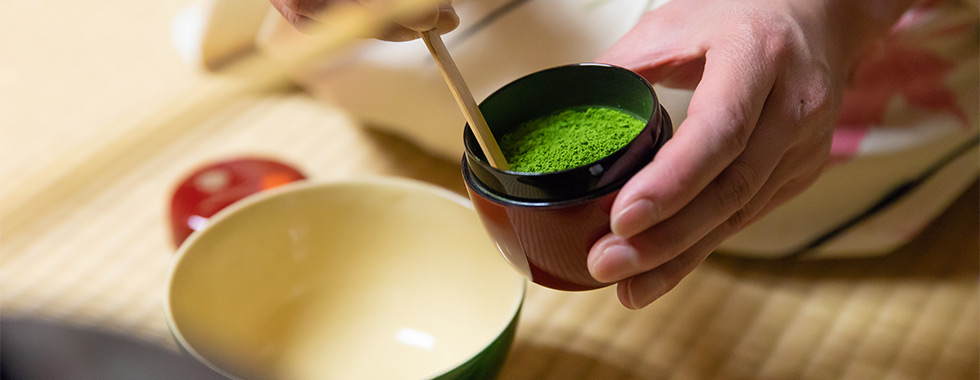
Make the most out of your time in Japan by experiencing its rich culture through activities like cooking, flower arranging and tea ceremony. Here we put together a list of places where you can learn from experts and experience traditional Japanese culture in its fullest. We are sure that participating in these cultural activities will make your journey in Japan even more memorable.
Ikebana (Flower arranging)
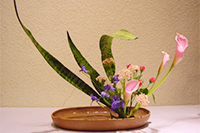
Ikebana, also known as flower arrangement, is one of the three classical Japanese arts. It is not just about putting flowers in a vase. The type and color of the flowers, the shape of the vase and the way you put the flowers into the vase – they’re all meaningful as they are meant to convey messages and emotions.
- Ikebana International
- http://www.ikebanahq.org
- Ohara (Ohara School of Ikebana)
- https://www.ohararyu.or.jp/
- Ichiyo (Ichiyo School of Ikebana)
- http://www.ichiyo-ikebana-school.com/e
- Sogetsu Ikebana
- http://www.sogetsu.or.jp/e
Sado (Tea Ceremony)
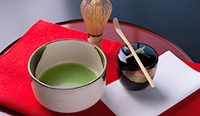
Sado or the way of tea, is also one of the three classical Japanese arts. The powered green tea, called matcha is usually prepared and presented in this ceremonial way in a traditional tearoom with tatami floor. Tools like tea scoop and tea whisk are used and there are a set of rules like how to hold the tea bowl.
- Urasenke Tea Ceremony Shotoan
- http://shotoan.com/detail/index.html
- HiSUi Tokyo
- http://en.hisui-tokyo.com/sado
Shodo (Calligraphy)
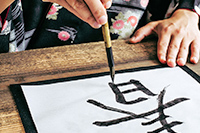
Shodo or Japanese calligraphy is the art of writing kanjis and kanas (hiragana, katakana). Using brush, ink, mulberry paper, inkstone etc. the basic of shodo is usually taught in elementary and high school. Though in the past it was used to keep records but nowadays it is mostly used on ceremonial occasions such as writing new year’s greeting cards.
- Japanese Calligraphy Art Class
- http://calligraphy-art.jp/english/
- Nishi-Azabu Shodo Studio
- http://shodo-seisen.com/en/index.html
Japanese Cooking
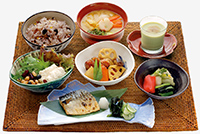
Also called washoku (和食)、it is based on rice and miso soup with other mostly seasonal ingredients. Fish and other seafoods (raw like sashimi or fried like tempura), pickled vegetables or vegetables cooked in broth, noodles like udon and soba are considered as side dishes. But foods inspired by foreign countries such as curry can also be enjoyed.
- Tsukiji Cooking
- http://tsukiji-cooking.com/
- Cooking School Yuka Mazda
- http://www.japanese-cooking.jp/
- Buddha Bellies Cooking School Tokyo
- http://buddhabelliestokyo.jimdo.com/
- Tokyo Sushi Academy
- https://www.sushiacademy.co.jp (Japanese only)
For those who have already experienced the above mentioned activities or would just like to try out something more unusual we also have activities that are lesser known but nevertheless fascinating such as making of taiyaki (fish-shaped cake commonly filled with red bean paste) using traditional tools, or woodblock printing (often used in ukiyo-e).

- Guraku Taiyaki
- https://guraku.jp/english/
Taiyaki Making
Amezaiku (Sugar Sculpture)
- Asakusa Amezaiku Ameshin
- http://www.ame-shin.com/en/
Food Sample Making
- Yamato Sample Third Atrie
- https://www.veltra.com/en/asia/japan/tokyo/a/113374
- Ganso Shokuhin Sample - ya
- https://www.ganso-sample.com/en/
Other Cultural Activities
Nihon Buyo (Japanese Dance)
- Asakusa Culture Tourist Information Center
- http://www.tokyo-tradition.jp/2018/eng/program/032/
- Tokyo Tradition Office, Arts Council Tokyo
- https://www.artscouncil-tokyo.jp/en/events/18084/
Woodblock printing
- Tokyo Tradition Office, Arts Council Tokyo
- https://www.artscouncil-tokyo.jp/en/events/28514/
- Mokuhankan
- https://mokuhankan.com/parties/index.php
- Takumi Hanga Fureai Kan
- http://takumihanga.com/?lang=en
Learning Japanese
Various types of Japanese language lessons are offered to meet the needs of all kinds of people with varying lifestyles. Whether it’s daily conversation, business Japanese, classroom or private sessions, in the home or office, you can choose the format that works best for you.
Japanese Study
With three different writing systems, the Japanese language can be difficult to get to grips with for beginners. However, small efforts can bring rewards in the form of better relationships with neighbours and greater ease in day to day life. Reasonably priced Japanese courses are offered by local ward offices and international associations. Some are open only to those living or working within the ward, while others are open to everyone.
Local Japanese Classes
Ward Office
International Associations
- Suginami
- https://en.suginami-kouryu.org